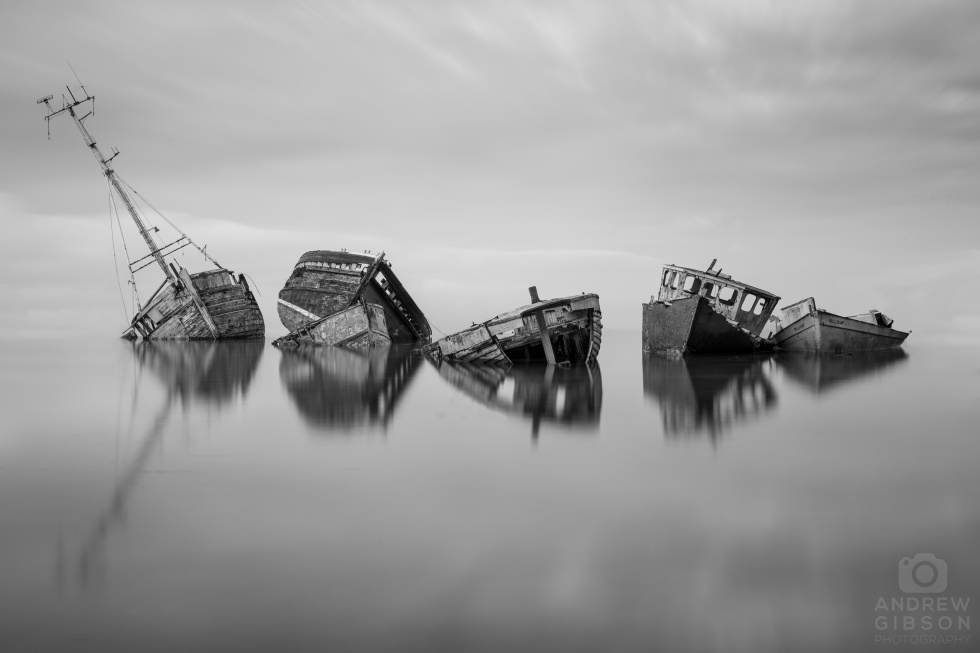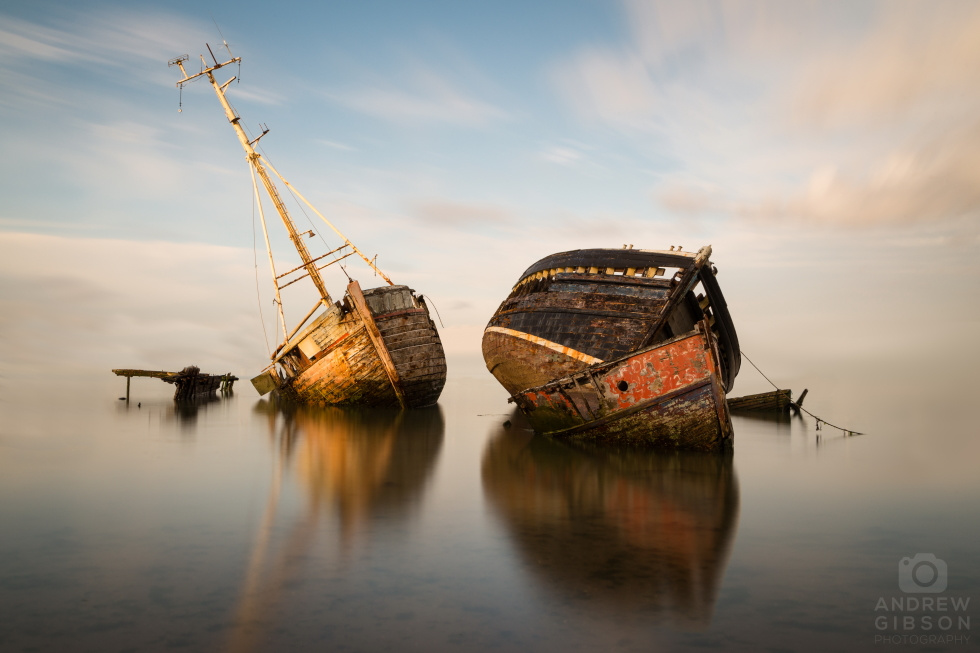This is one of those places you see on other photographers’ feeds and think “wow, I really want to visit there” – but unless you really know your stuff you won’t know what goes in to capturing a scene like this at a place like Pin Mill. Let me enlighten you and explode the myth…
I was lucky enough to take a break around the Norfolk Broads recently, just in the nick of time as it happened as the north was put in to Tier 3 lockdown the day after I got down there. The country was floundering and an already disappointing 2020 was about to take another nosedive, but wandering the beaches and towpaths of the Broads for a week felt like a world removed from the tense and frenetic ‘new normal’ we’ve all come to know and hate…
Pin Mill is actually in Suffolk on the River Orwell – which turned out to be an hour and a half’s drive away from my base at Caister-on-Sea. But while I was relatively close by I didn’t really want to miss the opportunity, so I drove down and marvelled at the ever increasing miles-per-gallon count I was getting out of the car…
The village car park is a bargain 30 pence per hour, a sensible fee in a world where sense is becoming as bygone an encounter as much of my subject matter. I treated myself to three hours and still had change from a pound, so I stopped by the Butt & Oyster for fish and chips. The tide was already fairly high and I watched from my table as it came right up to the walls of the hostelry, removing any obvious route to the boat graveyard that was my destination. I had wellingtons in the car of course – I always do – but was it even going to be possible, and if I did find the wrecks would I end up stranded by the tide?
The barman pointed me in the direction of a vertical ladder at the back of their car park, and after descending the retaining wall and skirting round the very much unabandoned house boats I followed the forested shoreline for about 10 minutes until I saw what I was looking for.
It was around 30 minutes before high tide at this point, but if you want the reflection shots you see here you’ve only really got about half-an-hour either side of it to play with. I’d arrived at just the right time and sent the drone up while I still had a bit of dry land for it to take off from. Bringing it down 10 minutes later would be an altogether more challenging experience but I did get some nice video footage and a few stills, like this shot from directly above.

Standing right by the river bank at its shallowest point and under the canopy of trees, the water was now two-thirds of the way up my wellingtons, though that was thankfully as high as it would get. I set up my camera gear and began to compose, careful not to create too many waves that might overtop the boots and leave me with wet feet for the rest of the day.
Now to get the kind of dreamy ethereal shot I placed at the top of the page what you need is a combination of a high tide, a lot of cloud and movement in both to create motion blur over the course of a long exposure. A 10-stop circular filter allowed me to achieve exposures of 50-75 seconds each here, smoothing out the moving waters and the sky. That main image makes good use of the more muted pastel colours under an overcast sky, but also lends itself to a black & white conversion:

Vibrant light isn’t really as important a factor as the water level and cloud cover in this case – in fact as it gets brighter so the exposure length gets shorter and reduces the capacity for blur. But as the waters began to recede the clouds began to break, and a hazy sun side-lit the boats and brought out the vibrancy of their rotting timbers. A later shot in the sequence at about 30 minutes after high water, you can already see that the level has dropped significantly. Any further would make these shots – so reliant on reflections – almost impossible to achieve.

Now, how about exploding that Pin Mill myth? These images are all processed in such a way that takes ‘photography’ in to ‘fine art’ territory. There’s a clumsy line on the horizon here – a tree lined river bank opposite and some passing yachts. I spent considerable time and effort removing them in post-processing, merging the sea in to the sky to fill the gap. Purists will hate that, but must you always show what you see, or what you want others to see? There’s a growing following for the latter marking the difference between photography in its purest form and fine art as a concept. I’ve taken some liberties in a way that I wouldn’t normally with my work, but as a piece of art I’m really pleased with these. Everything about the scene is real, and taken on the day in that one shot – it’s just missing the distracting middle bit.
Now all this isn’t to say I’m going to start replacing skies in shots where I don’t like it, or creating overblown retina-burning migraine-inducing HDR shots that look more like cartoons than photographs: They rarely work in my opinion and it’s not nearly as rewarding as getting a great shot out in the field. But each to their own.

I visited Pin Mill to capture a boat graveyard, and I think I’ve done that. My attention was always on the boats and how the light fell on them and the water moved around them. Just like any other seascape photography. This is how I will remember it. The background was neither here nor there…
Thanks for reading!
Check out the South East & East Anglia gallery here.

Comments
Marjorie.
Andrew
trevor wayman
Andrew